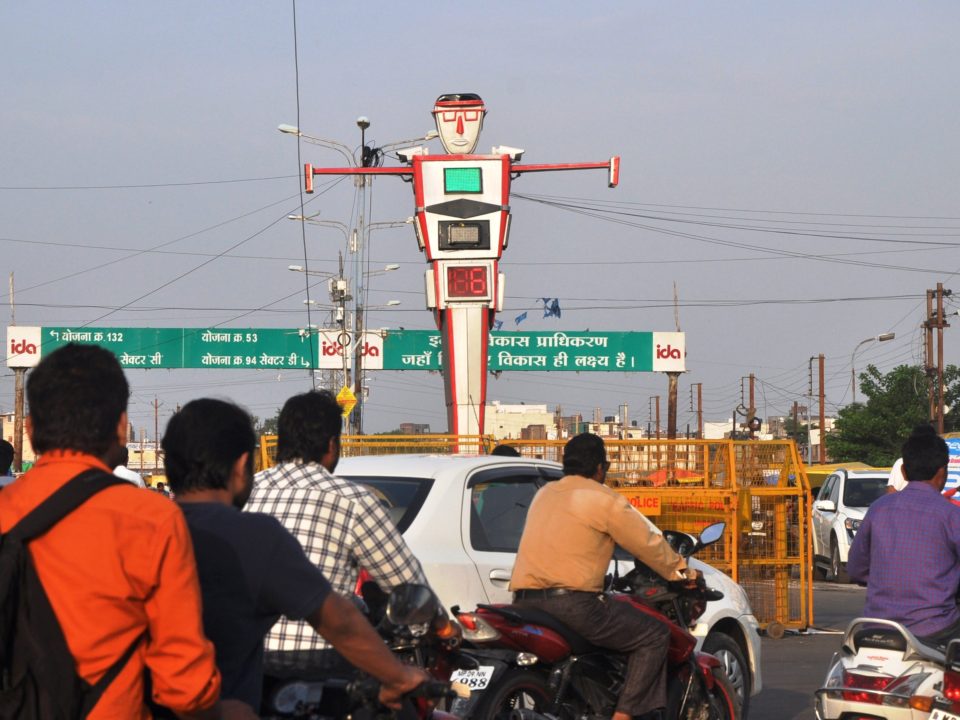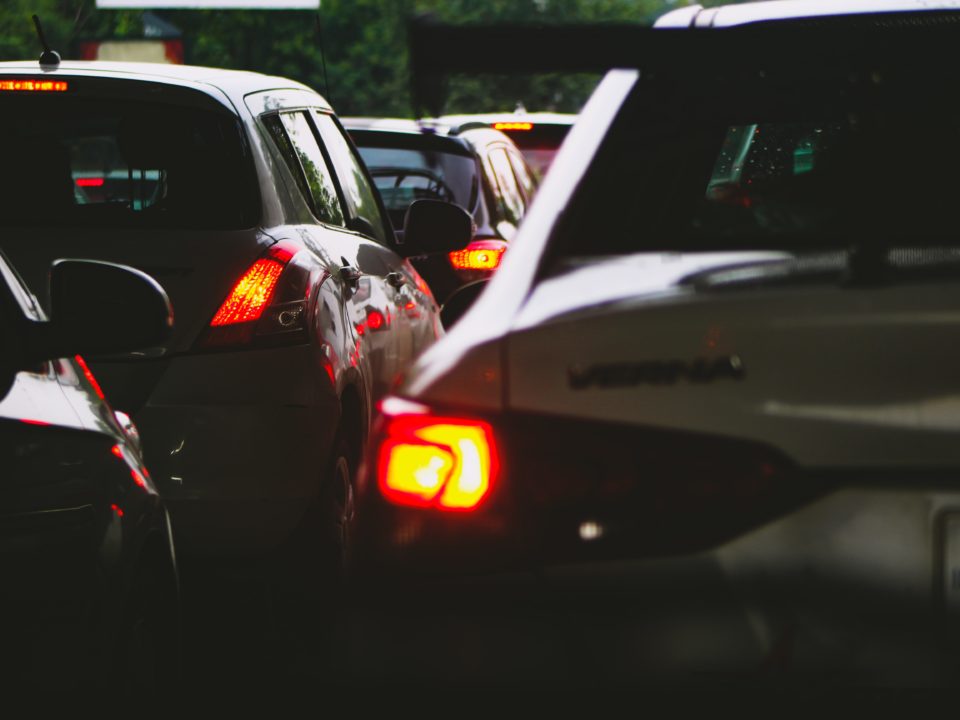Top 12 things you should know about the United Nation’s Second Decade of Action for Road Safety

10 uncommon road signs in India
26/11/2020
Eight Golden Rules of Defensive Driving for Indian Roads
21/12/2020Top 12 things you should know about the United Nation’s Second Decade of Action for Road Safety
By: Soudamini Mujumdar
The United Nations General Assembly convened a session on 18th August 2020 to discuss the issues of Road Safety and on how to improve the global road safety scenario, keeping in mind the ever increasing numbers of road accident deaths and fatalities.
The meeting also highlighted some startling facts regarding road safety and set out action points for all the member states to follow throughout the next decade terming it as the Second Decade of Action for Road Safety. The decision was taken keeping in mind the fact that the goals set out by the United Nations in the First Decade of Action for Road Safety were not met by 2020, and that this issue which claimed lives all over the world, needed a much deeper and focused attention.
Here are some major points which have been highlighted and directed to be acted upon by member states.
- New goal for the Second Decade of Action on Road Safety
The UN while declaring 2021-2030 as the second decade of Action for Road Safety also set down the goal of reducing road traffic deaths and injuries by 50% by 2030. While attaining the goal, the UN also urged the member states to continue taking action on road safety-related targets of the Sustainable Development Goals. - Providing basic conditions and services to address road safety is a Government’s responsibility
The United Nations also highlighted and emphasized on the fact that providing for basic road safety services is primarily a responsibility of the state governments. The UN also pointed out that legislations and policies play an important role in implementation and adoption of road safety laws. However, it was also pointed out that a collaborative effort was needed which would involve the participation of public and private sector, media, academia and the civil society. - Publicity for Road Safety best practices
The United Nations has urged the members to take measures to promote road safety knowledge and awareness especially among the young through campaigns and publicity of good road safety practices. - Incentivize tech innovations to improve road safety
The UN has asked all members to encourage the development of technology solutions for ensuring road safety by preventing crashes, ensuring quick emergency response and trauma care, with special focus on the more vulnerable road users such as cyclists, pedestrians, motorcyclists and public transport users. - Road Safety is a social equity issue
The United Nation has noted that the road traffic deaths and injuries are a social equity issue as these mishaps affect the poor more than the rich, with the most vulnerable group of road users being pedestrians, cyclists, two and three wheeler riders and passengers of unsafe public transport. This point has been highlighted by the UN General Assembly as a factor in aggravating the poverty cycle of the poor. The UNGA also recommended that policies should guarantee protection of all road users. - Road accident deaths are unacceptably high
According to the data put forth by the UN General Assembly, there were 1.35 million road accident deaths and 50 million injuries worldwide in a single year. Out of these 90% cases were found to be occurring in developing countries and the age of the affected persons was alarmingly young – between the ages of 15 and 29. - The lessons learnt from the first decade of Action for Road Safety
The UN General Assembly also pointed out that from the first decade for Action on Road Safety the important lesson learnt was that there was a need for a Safe Systems Approach, which means that Roads are to be made safer keeping in mind four major aspects- Safe Speeds, Safe Roads, Safe People and Safe Vehicles. Also, it was learnt that a collaborative learning effort was needed to address the problem which would include coordination between government bodies, NGO and civil society, academia and the business and industry representatives. - Safer road infrastructure to ensure the safety and protection of all road users
The United Nations has urged governments to make efforts to make road infrastructure safer for motorized as well as non-motorized transport, vulnerable road users. This can be effectively done through a combination of proper planning and safety assessment, including through identification of crash-prone areas, design, building and maintenance of roads, signal systems and other infrastructure, taking into consideration the geography of the country. - To promote safer modes of transport
The UN has urged all member states to develop and promote environmentally sound, safe, accessible and affordable modes of quality transport, particularly public and non-motorized transport. This is seen as a means of improving road safety, social equity, public health and also urban planning. - Special attention to motor cyclists
On all aspects related to motor cyclists from training, licensing, use of helmets, vehicle registration and working conditions etc. should be monitored and shaped through comprehensive policies, especially in developing countries. - Implementing Professional driver qualification
Based on internationally recognized standards, drivers’ should be subject to training, certification and licensing and also restricting hours of driving- especially in case of heavy commercial vehicles. - Actively protect and promote pedestrian safety
The UN has encouraged its member states to actively adopt, implement and enforce policies aimed at protection of pedestrians’ safety and cyclists’ mobility.
These above points and observations are a small fragment of the overall directive issued by the United Nations towards a holistic approach for road safety on all levels from technology to safety of vulnerable road users to effective and comprehensive policy decisions by government.
Related posts






